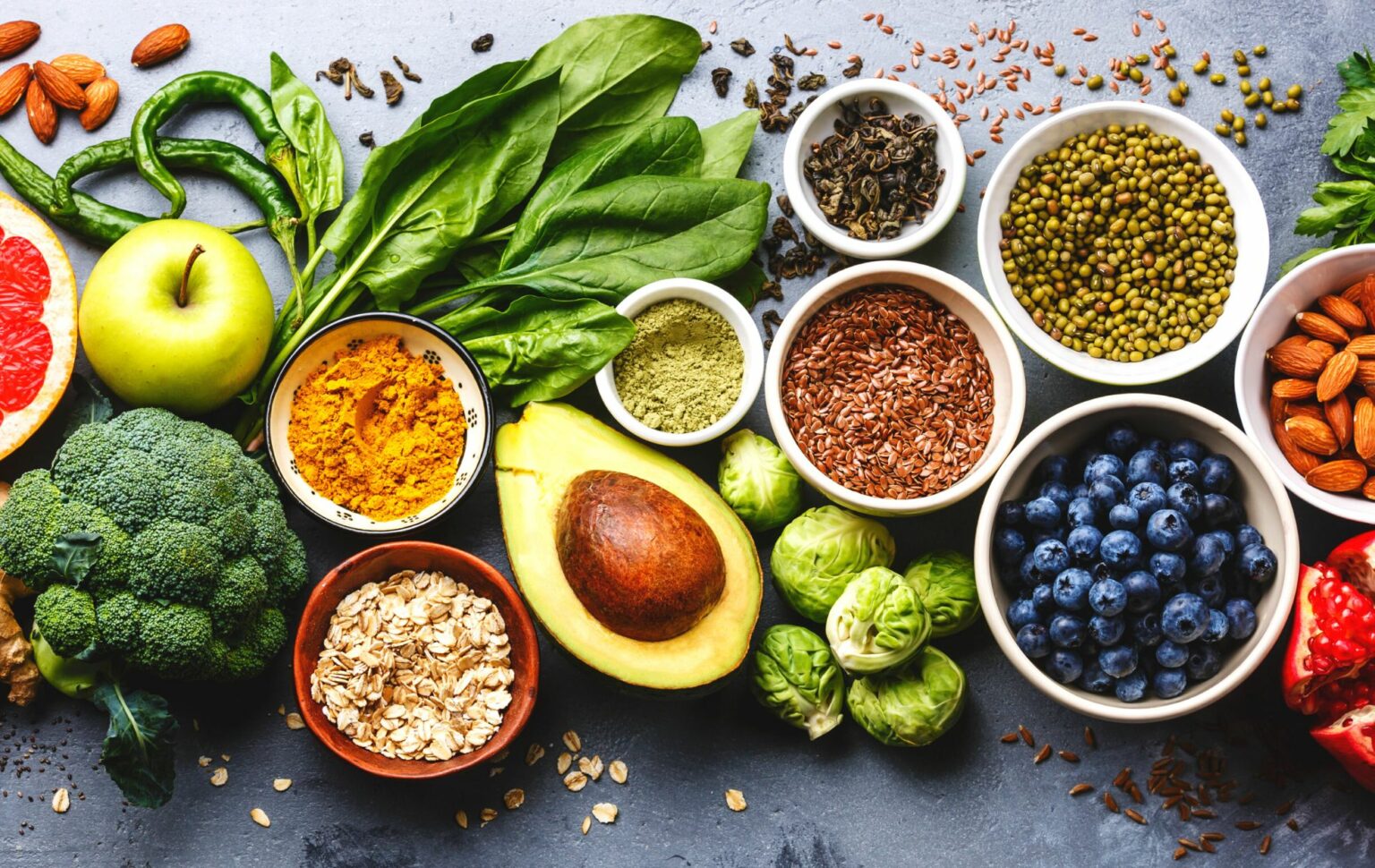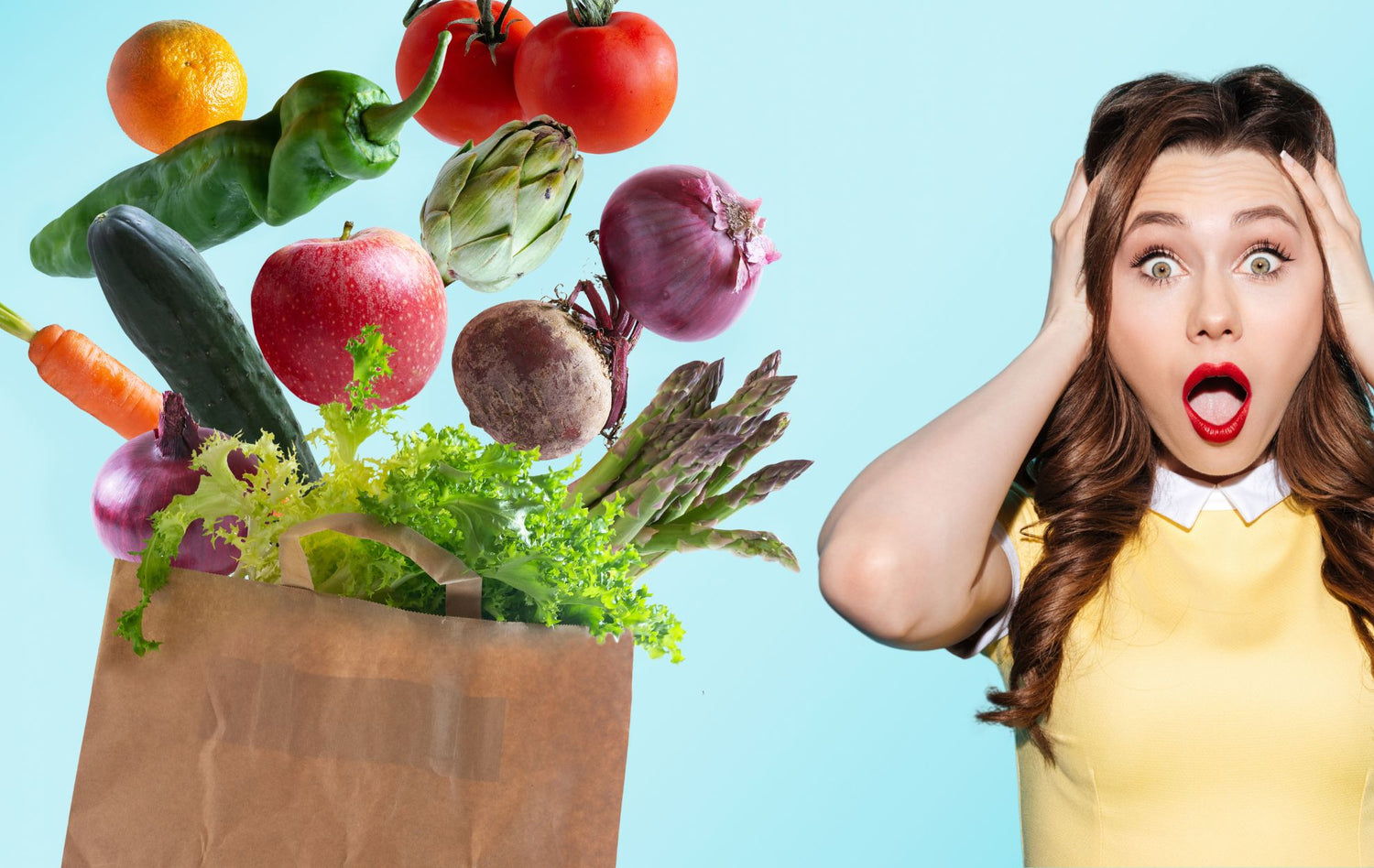This week we’re looking at a 2022 report on fruit & vegetable pesticides in produce. You’ll learn about a dozen fruits and vegetables to be wary of due to high levels of pesticides and chemicals and 15 that are least likely to be contaminated.
Environmental Factors Impacting Our Health
Environmental factors are increasing the need for detoxing your health. We are all exposed to heavy metals, pesticides and chemicals each day. We get it from the food we eat, the air we breathe and the water we drink. Add to these medications and vaccines containing heavy metals, meaning most of us have been exposed since childhood.
Fruit & Vegetable Pesticides in Modern Chemical Farming
This list should not deter you from eating fruits and vegetables but should make you wary of modern chemical farming. Using chemicals to fumigate the soil and kill weeds, microbes, and bugs has unwanted side effects, including killing beneficial microbes and damaging the health of our soil.
Be Mindful of Toxin Exposure
Due to toxin exposure, I have seen an explosion in mental and physical issues over the last three years. The message here is not to fear Fruit & Vegetable Pesticides but to be wise and make a sensible plan to clean up your diet and support healthy gut function as step one. Next week I will dive deeper into heavy metal detox and how you can radically improve your health with a few straightforward steps.
The Shoppers Guide to Pesticides in Produce™
The Environmental Working Group (EWG) released its 2022 Dirty Dozen list, a Shopper’s Guide to Pesticides in Produce™, in April last year. The report confirms that we still have a long way to go regarding reducing the toxic load we have been exposed to in our foods.
According to their findings, up to 70% of non-organic foods tested positive for at least one pesticide. You may be surprised to learn that kale had the highest pesticide count, with 21 different pesticides!
In addition to the Dirty Dozen, the Shopper’s Guide to Pesticides in Produce™ included a “Clean 15” list, which identifies the non-organic produce least likely to be contaminated with pesticide levels.
How To Avoid Toxins in Produce
A good tip is that if you eat the skin, it is best to get organic when possible or at least peel the produce if organic is hard to come by in your area. This is not a perfect solution, but it can help.
This list is not aimed to encourage you to eat fewer fruits and vegetables but to be educated about the most toxic foods. Pesticides and heavy metals are linked to many health problems, including certain cancers, symptoms of ADHD, autism, Parkinson’s, mood disorders, gut issues, fatigue, headaches, hormonal issues, infertility and more.
The good news is that research shows that there is s direct link between eating more organic foods and choosing whole-food plant-based supplements to help your body’s natural ability to detox and be well.
EWG’s Dirty Dozen Fruit & Vegetable Pesticides List
EWG included 46 items in their analysis. According to USDA data, the Dirty Dozen List foods were contaminated with more pesticides than other crops. The rankings are based not only on the percentage of samples with pesticides but also on the number and amount of pesticides on all samples and individual samples.
- Spinach
- Strawberries
- Kale/Collard Greens/Mustard Greens
- Nectarines/Citrus fruits
- Apples
- Grapes
- Bell and Hot Peppers
- Cherries
- Peaches
- Pears
- Celery
- Tomatoes
EWG’s Clean 15 List
The Clean 15 list includes produce least likely to be contaminated by Fruit & Vegetable Pesticides.
According to EWG’s analysis of the most recent USDA data, the following 15 items had the lowest amounts of pesticide residues.
- Avocado
- Sweet Corn*
- Pineapples
- Onions
- Papayas*
- Frozen Sweet Peas
- Asparagus
- Honeydew Melon
- Kiwi
- Cabbage
- Mushrooms
- Cantaloupe
- Mangoes
- Watermelon
- Sweet Potatoes
* Note: Some sweet corn, papaya and squash sold in the United States and the rest of the world have GMOs, so choose organic to avoid GMOs.
Oranges, Fungicide & Hormone Levels
Another worrying fact is that this study found that almost 90% of citrus samples analysed in 2020 tested positive for imazalil, a fungicide that can interfere with hormone levels. The Environmental Protection Agency dubbed this fungicide a “likely human”.
Notably, the chemical was detected on peeled oranges and found at levels almost 20 times higher than EWG’s recommended limit to protect children’s health in everyday household oranges.
Generally, EWG focuses on test results from USDA’s fresh produce testing. But in 2020, EWG included dried fruit in its rankings, and most dried fruits tested very high too.
Next Week: Heavy Metal Detox
Next week I will dive deeper into heavy metal detox and how you can radically improve your health with a few straightforward steps.





